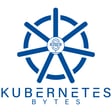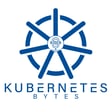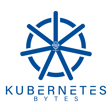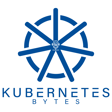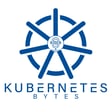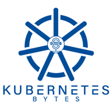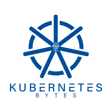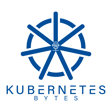
The evolution of service mesh technologies
In this episode of the Kubernetes Bytes podcast, Ryan and Bhavin talk to Christian Posta - VP and Global Field CTO at Solo.io about all things Service Mesh. They discuss how things have evolved from the early Linkerd days to sidecar less istio service mesh implementations. They also talk about how service mesh can help you connect to application components running outside Kubernetes, and how developers and platform engineers have a shared responsibility model when it comes to implementing service mesh using internal developer platforms.
Check out our website at https://kubernetesbytes.com/
Episode Sponsor: Nethopper
Learn more about KAOPS: @nethopper.io
For a supported-demo: info@nethopper.io
Try the free version of KAOPS now! https://mynethopper.com/auth
Cloud Native News:
- https://loft.sh/blog/our-24m-series-a-led-by-khosla-ventures/
- https://www.harness.io/blog/celebrating-150m-in-new-financing-to-accelerate-innovation
- https://www.akamai.com/newsroom/press-release/akamai-announces-intent-to-acquire-api-security-company-noname
- https://www.linkedin.com/posts/rouvenbesters_its-official-the-otomi-platform-has-activity-7194604616901120000-48g7?utm_source=share&utm_medium=member_desktop
- https://www.wiz.io/blog/celebrating-our-1-billion-funding-round-and-12-billion-valuation
Show Links:
- https://devsummit.infoq.com/conference/boston2024
- https://www.solo.io/topics/cakes-stack/
- https://www.solo.io/
Timestamps:
- 00:06:10 Cloud Native News
- 00:15:37 Interview with Torsten
- 01:01:58 Key takeaways
